
This Weeping eastern white pine (Pinus Strobus ‘Pendula’) is from Shin-Boku Nursery in Wentworth NH. It’s pretty impressive as is, but if you wanted to turn it into a very large bonsai, you might want to cut off (or air-layer) everything above the large first branch on the left (the branch that’s about even with her left hand).
Shin-Boku Nursery
We mentioned Shin-Boku a few posts back when we were discussing some Cole’s prostrate hemlocks. It’s worth mentioning again if you like landscape trees that look like bonsai, as well as some great potential bonsai. Here’s a couple more trees just to give you an idea of what they are up to.
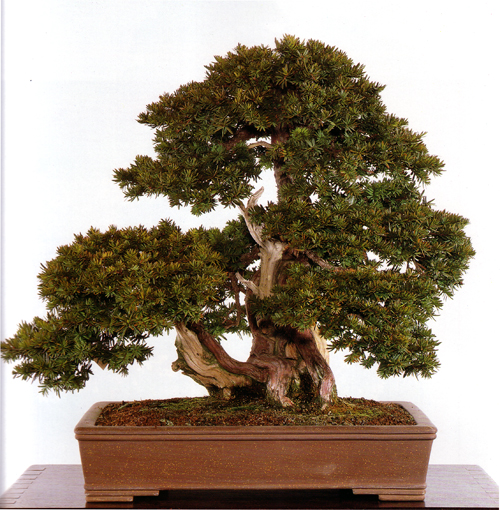
 Time to go back into the ground
Time to go back into the ground

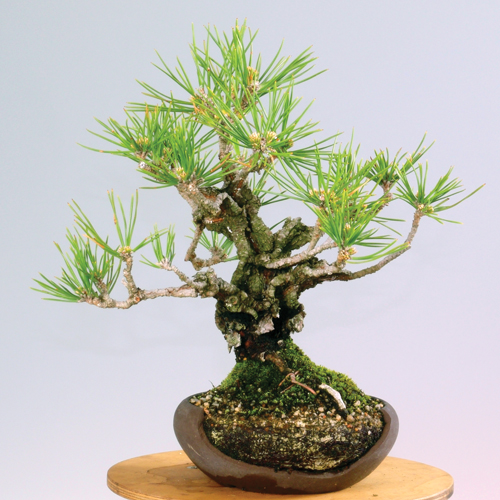
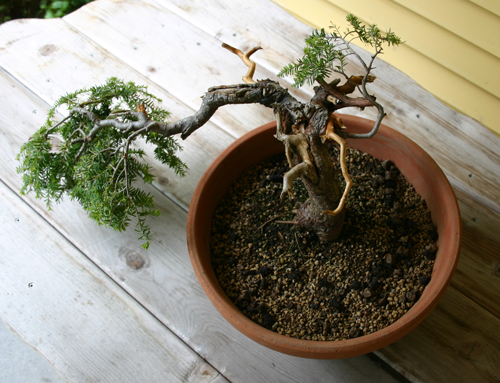
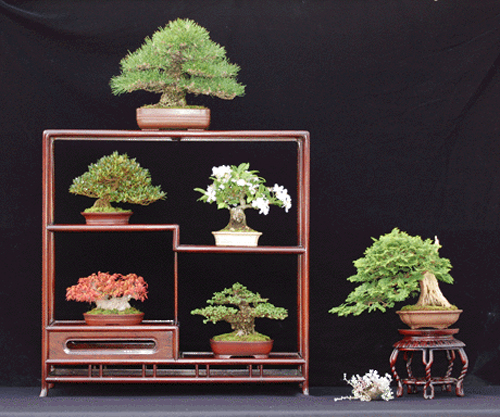

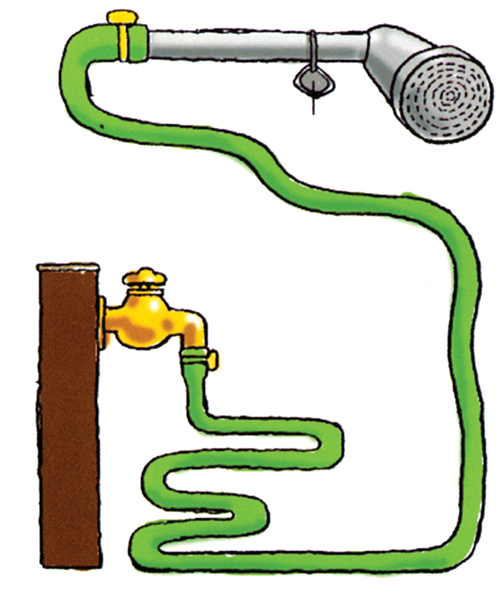 A set up like this will come in handy if you live out west right now. Back here in the northeast, we’ve barely had to uncoil ours so far this summer. This image is from our
A set up like this will come in handy if you live out west right now. Back here in the northeast, we’ve barely had to uncoil ours so far this summer. This image is from our